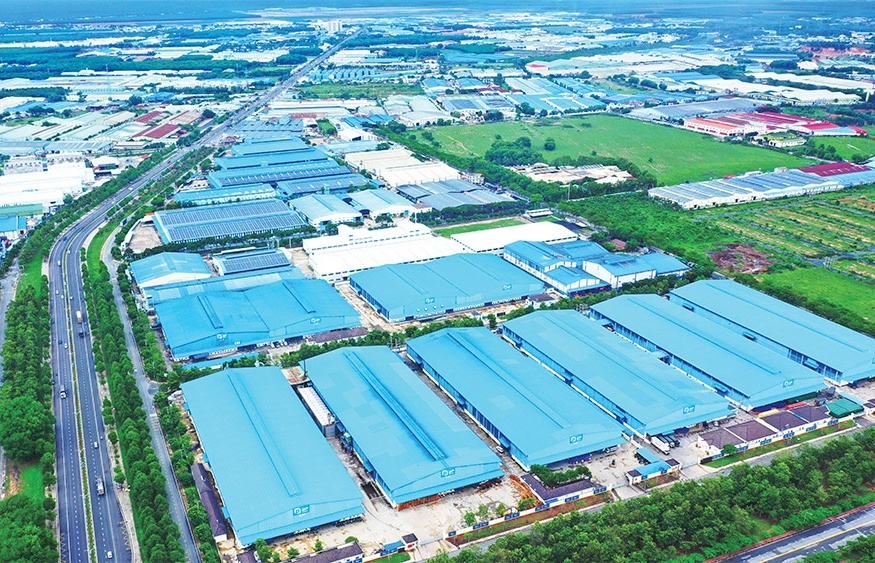SMEs are fighting for survival
 |
| Pham Thi Thu Hang |
The government’s recent decision on corporate income tax reductions for small- and medium-sized enterprises (SMEs) from August 1, 2011 will help ease enterprises’ burdens. Is the support sufficient?
Tax incentives often create a positive psychology and are used as an urgent and short-term remedy. Such tax preferences will inspire firms’ production and business activities and revive their ‘health’.
Nonetheless, enterprise support does not consist of only tax incentives, particularly for the SMEs. In other words, at this point of time businesses from assorted economic sectors need urgent support, but in different ways.
Firms expect to get capital support or be more accessible to bank loans with softer interest rates. Is that the case?
There were radical changes in current business landscape compared to the second quarter of 2011. Recent VCCI surveys reflected that parallel to the capital scarcity growing stockpiles were the largest hindrances to businesses at present. The General Statistics Office figures indicate augmenting industrial production in the first months of 2011 has gone with rising goods’ stockpiles.
For SMEs particularly those serving the domestic market, growing stockpiles undermine their ability for market expansion since all related expenses were escalating.
Rising costs and huge stockpiles have made many companies run at losses. In this case tax preferences may not produce expected results.
At this point of time, businesses need support to promote goods circulation, particularly to bring their products to rural markets.
Perhaps, besides tax incentives companies requiring specific support policies to particular areas and business fields suitable in the current context.
So how will the government support the business community?
It is regrettable when firms, irrespective of their business fields, must stop operations or go bankrupt.
However, we cannot distort the market and grant support to all fields. Long-term support measures must be rooted on particular occupation groups or business areas with clear orientations.
For instance, relative to export producers such as textile and garment firms their problems are capital shortages and strikes. Support packages then must go towards workers with involvement of business associations in ensuring workers’ proposals being met and not exceeding firms’ capacity.
Relative to domestic market, there needs to be policies to enhance distribution firms’ efficiency. Distributors should be assisted to help SMEs promote sales to reduce stockpiles. For products which are input materials for production clear policies on import replacement must be in place.
Support methods should cover both long and short-terms. Tax incentives alone are insufficient. It seems that only tax incentives are mentioned in recent regulations on supporting industry development, while businesses and the market demand synchronised measures from different state agencies of science and technology, labour, planning and investment and finance.
It requires a fresh approach from policy-makers when working on enterprises’ support policies. They need to put themselves on the roles of enterprises with a broader vision and detailed impact assessments of those policies are also crucial.
What the stars mean:
★ Poor ★ ★ Promising ★★★ Good ★★★★ Very good ★★★★★ Exceptional
Related Contents
Latest News
More News
- Mitsubishi Estate launches Logicross Hai Phong - a milestone in logistics evolution (November 20, 2024 | 14:32)
- Semiconductor workforce partnerships deliver industry-relevant training (November 20, 2024 | 10:58)
- German Quickpack to invest $31.7 million in Long An province (November 20, 2024 | 09:31)
- Foreign-invested enterprises drive logistics investment in the southeast region (November 20, 2024 | 09:27)
- Chile visit underscores trade benefits (November 19, 2024 | 10:00)
- Trump’s second term impacts sci-tech activities and industry 4.0 technologies (November 18, 2024 | 10:00)
- Vietnam eyes nuclear revival to bolster energy security (November 14, 2024 | 16:46)
- Kyokuyo completes $13.5 million seafood factory in Vietnam (November 14, 2024 | 12:19)
- VinFast receives $3.5 billion funding from Vingroup and Pham Nhat Vuong (November 14, 2024 | 06:38)
- Localities sprint to reach FDI targets (November 13, 2024 | 10:00)


 Tag:
Tag:





















 Mobile Version
Mobile Version